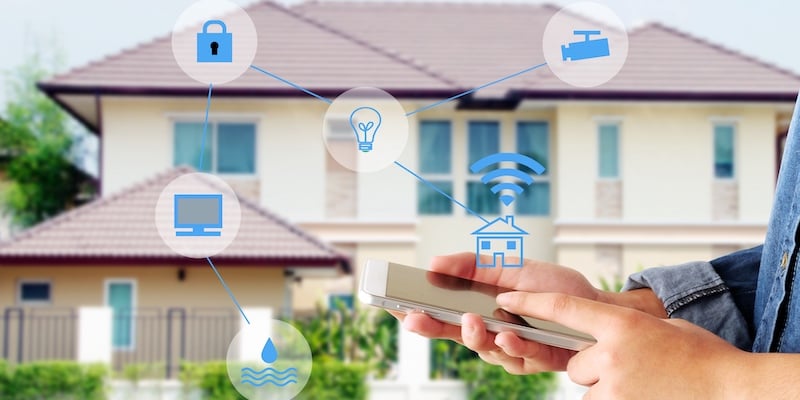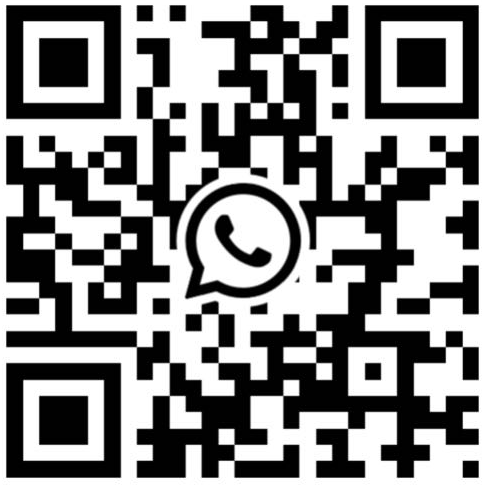Matter 1.2 Update Adds Support for Nine New Device Types
Among other major updates, the IoT protocol now supports refrigerators, dishwashers, room ACs, laundry machines, robotic vacuums, smoke and CO2 alarms, air quality sensors, air purifiers, and fans.
The Internet of Things (IoT) has long promised a future where every device in our homes, offices, and cities seamlessly communicates to create an integrated and intelligent environment. However, the reality has often fallen short, with a fragmented ecosystem of incompatible devices and wireless platforms.

Matter 1.2 adds support for nine new device types. Image used under Adobe Stock license
The Connectivity Standards Alliance (CSA) has proposed the IoT protocol Matter to unify this fragmented landscape. The CSA rolled out its Matter 1.0 version a year ago. And now, yesterday, with the release of Matter 1.2, the protocol takes a significant leap forward, adding support for a range of new device types and functionalities. This article explores the new developments in Matter 1.2, the protocol's background, and why these advancements are crucial for the smart home ecosystem.
New Developments in Matter 1.2
Matter 1.2 supports nine new device types, including large appliances like washing machines, refrigerators, and dishwashers, as well as devices like air quality sensors, air purifiers, and smoke/CO alarms. This expansion indicates a broader focus on environmental health within smart homes and marks a significant broadening from Matter’s initial focus on smaller devices like door locks and light bulbs.
Beyond new device types, core improvements to the Matter 1.2 specification include:
- European door lock enhancements: Latch and bolt door locks meet the specific configurations commonly found in European markets.
- Device appearance attributes: Devices can now specify their color and finish, enriching user interfaces and making device identification more intuitive.
- Hierarchical endpoint composition: This feature enables precise modeling for appliances like multi-unit switches and multi-light fixtures.
- Introduction of semantic tags: These tags offer a standardized way to describe the location and functions of Matter clusters and endpoints, ensuring uniform rendering and application across different platforms.
- Generic operational state descriptions: This update introduces a way to generically describe various operational modes of a device, paving the way to easily create new device types in future Matter revisions.
The Background and Importance of Matter
The current IoT landscape is extremely fragmented, with different devices speaking different languages, leading to a disjointed and often frustrating user experience. Matter aims to standardize this communication, making it easier for devices from different manufacturers to work together.

Matter is a universal application layer solution for IoT devices. Image used courtesy of Qorvo
Developed by the CSA, with backing from tech giants like Apple, Google, Amazon, and Samsung, Matter aims to provide a universal standard for IoT devices. The protocol uses IP-based connectivity, allowing for seamless communication over Wi-Fi, Ethernet, and low-power mesh networking protocols like Thread.
The protocol's rapid development and the industry's widespread backing indicate its potential to become the de facto standard for IoT devices. With over 675 companies now part of the Matter coalition, the protocol is well on its way to achieving this status.
From Private IP to Widespread Operability
While the release of Matter 1.2 is a significant milestone, it also serves as a litmus test for the protocol's future. The addition of new device types and functionalities makes Matter more versatile, but its success hinges on rapid adoption by device manufacturers. Companies need to see the value in relinquishing some level of control over their ecosystems to adopt a universal standard. This is where Matter's real challenge lies: convincing an industry built on proprietary systems to embrace a communal approach for the greater good.
As Matter evolves, it will need to address more complex scenarios that go beyond basic device control, such as advanced data analytics and machine learning capabilities, to offer truly intelligent automation. The protocol will also need to keep pace with emerging technologies and standards, ensuring it remains relevant in a rapidly evolving landscape.
You can download selected parts of the Matter 1.2 specification from the CSA wesbite.







